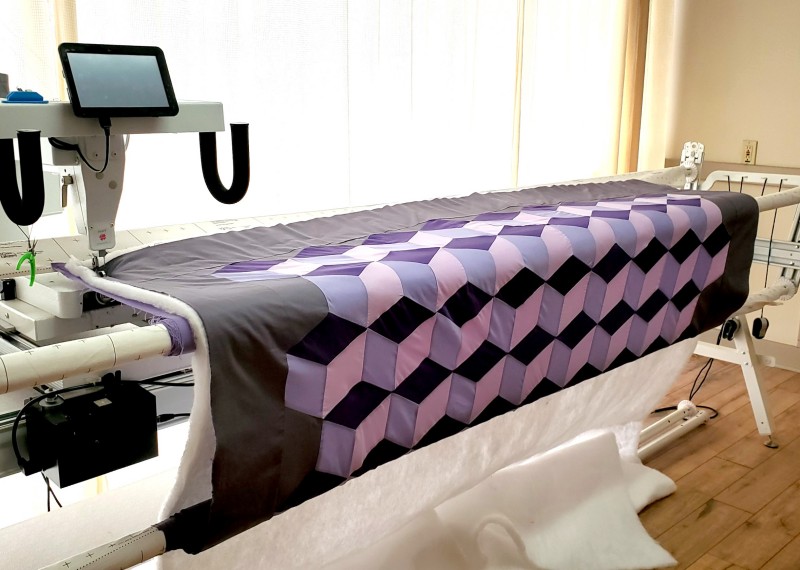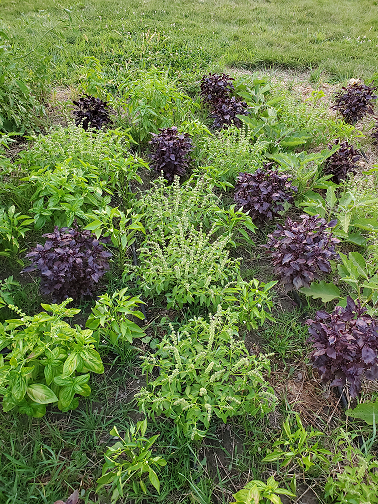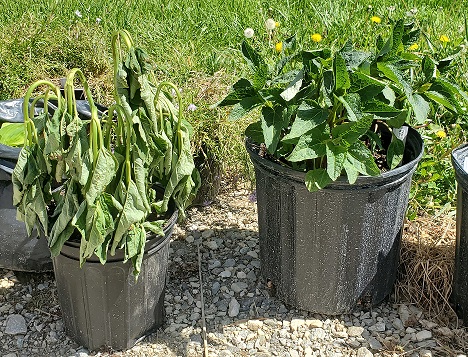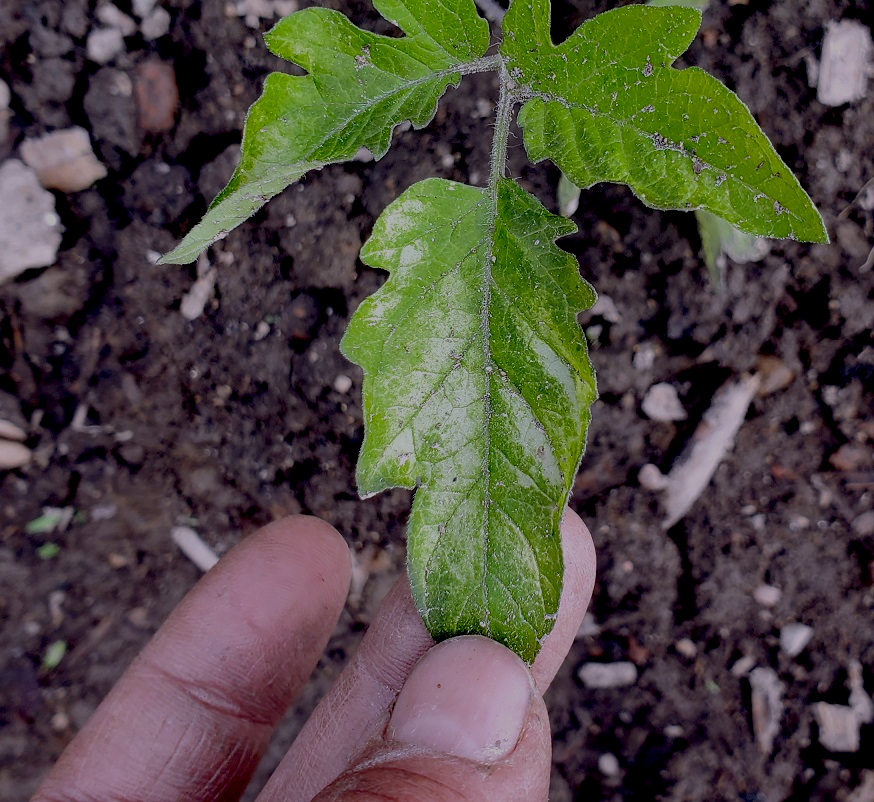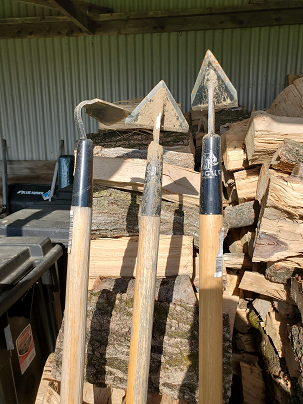Seed Starting
Late February to early March is the time many gardeners will eagerly start inventorying their seed stash and planning their gardens. If you haven’t got the itch yet or are unsure on where to start, read on! What do I need to start seeds? There are many products on the market to make seed starting easier, but what do you actually need to get started? Not as much as you think! Really all you need to get started are seeds you want to plant, dirt, a container to hold your dirt, and water. …


